
Covid-19 workplace best practices — expert and government guidelines, including tips for “Social Distancing” and managing remote work.
- NOTE: The guidance changes frequently, check your latest guidelines or our blog for updates.
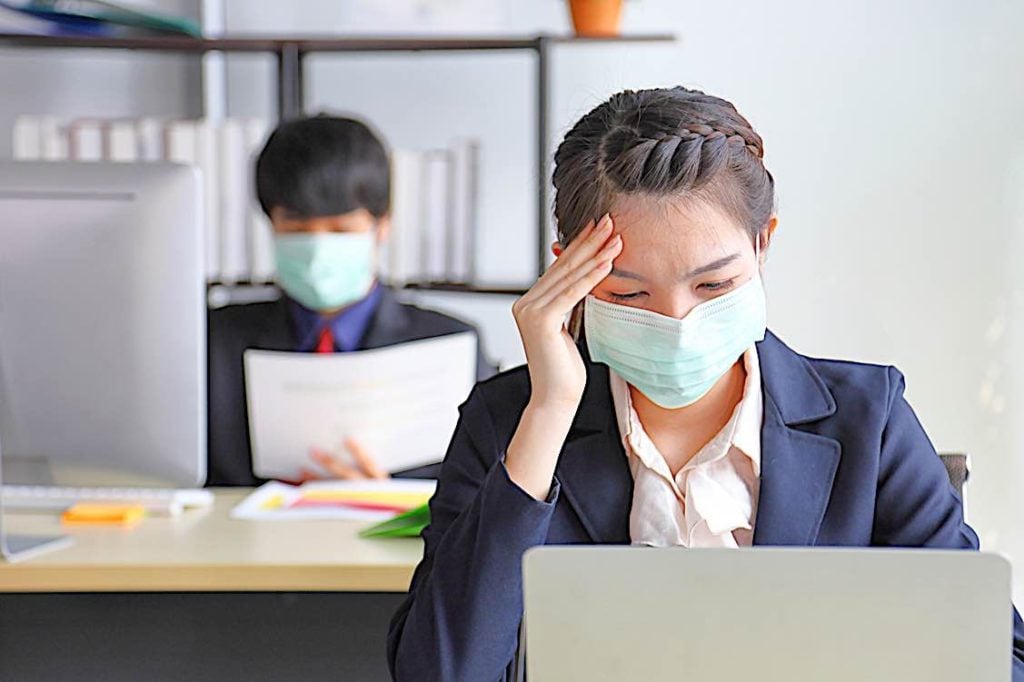
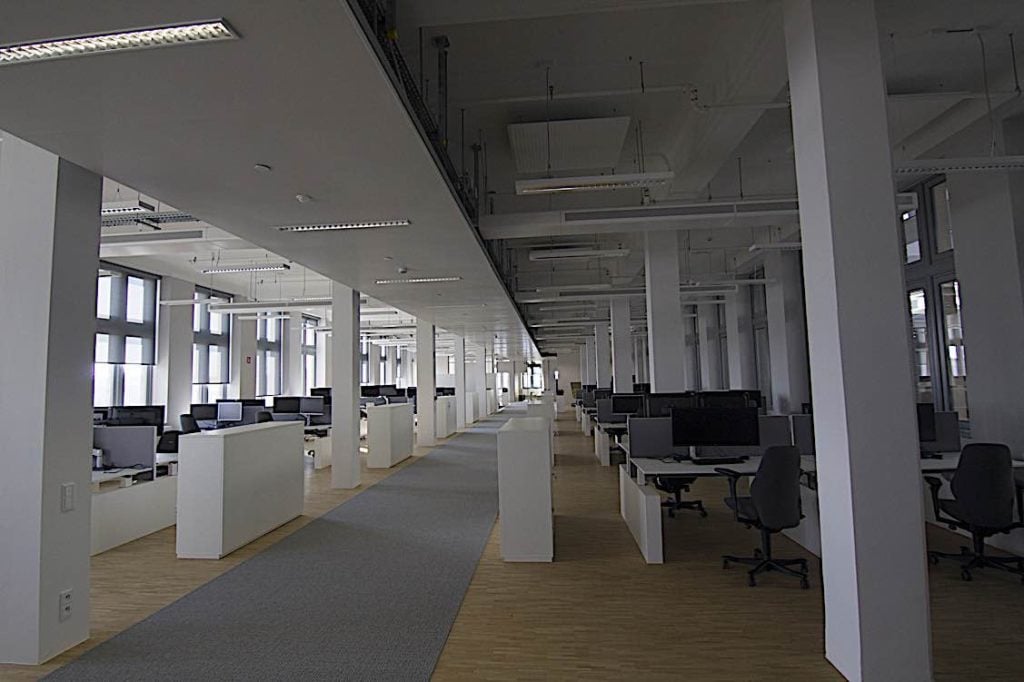
Social Distancing at Work — and the example of Google and Amazon
Companies around the world are already moving to remote work models. Twitter announced their entire workforce would work from home. The Office of the Superintendent of Finacial Institutions asked 360 employees to work from home. Google Canada and Shopify are asking their employees to work from home, together with the International giants: Amazon, Facebook, Google, and Twitter.[3]
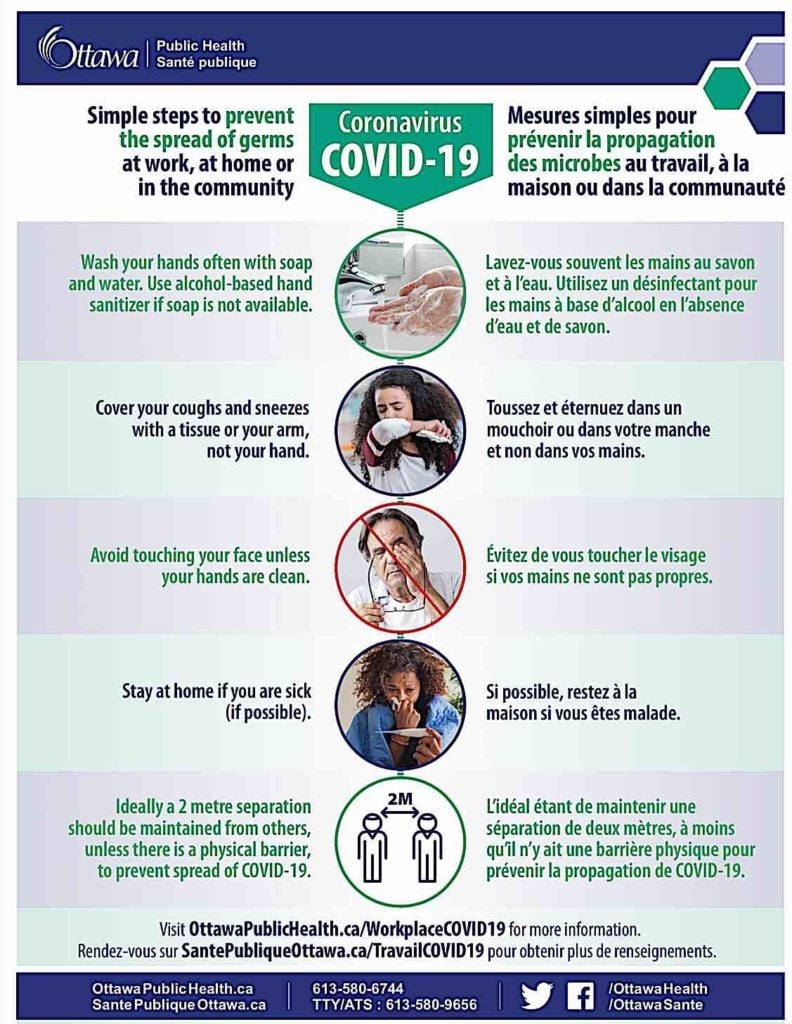
Top Recommendations for Employers and HR Managers
- Offer paid sick leave, regardless of rules or contracts. Lawyer Laurie Jessome explains: “This can also assist with creating an environment where employees feel that they have a role in mitigating the potential risks of COVID-19.” [1]
- Waive requirement for doctors’ notes.
- Offer remote working or outsource services such as Payroll or accounting services. [For temporary work help, contact>>]
- Incentivize remote working and sick leave. (For example, Shopify went as far as to offer $1000 per employee to help defray costs of working from home, see below.)
- Offer leave to caregivers: remember, people sick at home need care (Please go beyond the statutory requirements in these times of need.)
- Move all sales activities to the phone, internet webinars, and other remote methods.
- Restrict visitors to the workplace.
- Safety and Privacy: a delicate balance.
- Coach teams on social distancing: even though it’s everywhere on the news, it’s a good idea to reinforce it with some visible signage or memos.
- Travel guidelines: establish firm travel rules based on government guidelines — there is a travel advisory in effect.
Offer paid sick leave

Remote working
“Incentivize People to Do the Right Thing”
“If you do not provide employees with paid sick days or flexible work arrangements, employees will be highly motivated to continue coming into work even where it would be advisable for them to stay home. Health Canada currently recommends that anyone who has been exposed to COVID-19 remain in self-isolation for 14 days. That is a long time to go without pay and some employees may not be able to accommodate such an impact on their earnings. We recommend allowing employees to work from home, where their jobs permit, or to use accrued vacation to cover all or a part of the time away from work. Quarantined or ill employees may also be eligible for Employment Insurance benefits and should be encouraged to apply for such benefits where appropriate. Creating a communication plan that encourages employees to think of the health and well-being of their colleagues and their colleagues’ family members, demonstrates the company’s commitment to workplace safety and emphasizes individual accountability. This can also assist with creating an environment where employees feel that they have a role in mitigating the potential risks of COVID-19.” [2]
Offer leave to caregivers
“Employees who have caregiving responsibilities as a result of a family member contracting COVID-19 may be eligible for family responsibility leave, family medical leave or a family caregiver leave under the Employment Standards Act, 2000. Employees will be entitled to use personal sick leave if they contract the virus themselves. Employers are entitled to ask for reasonable documentation to support each of these leaves, but we do not recommend overburdening the health care system by requiring employees to present doctor’s notes to justify a leave. Other provinces have similar entitlements under their employment standards legislation.” [1]

Use “virtual” selling.
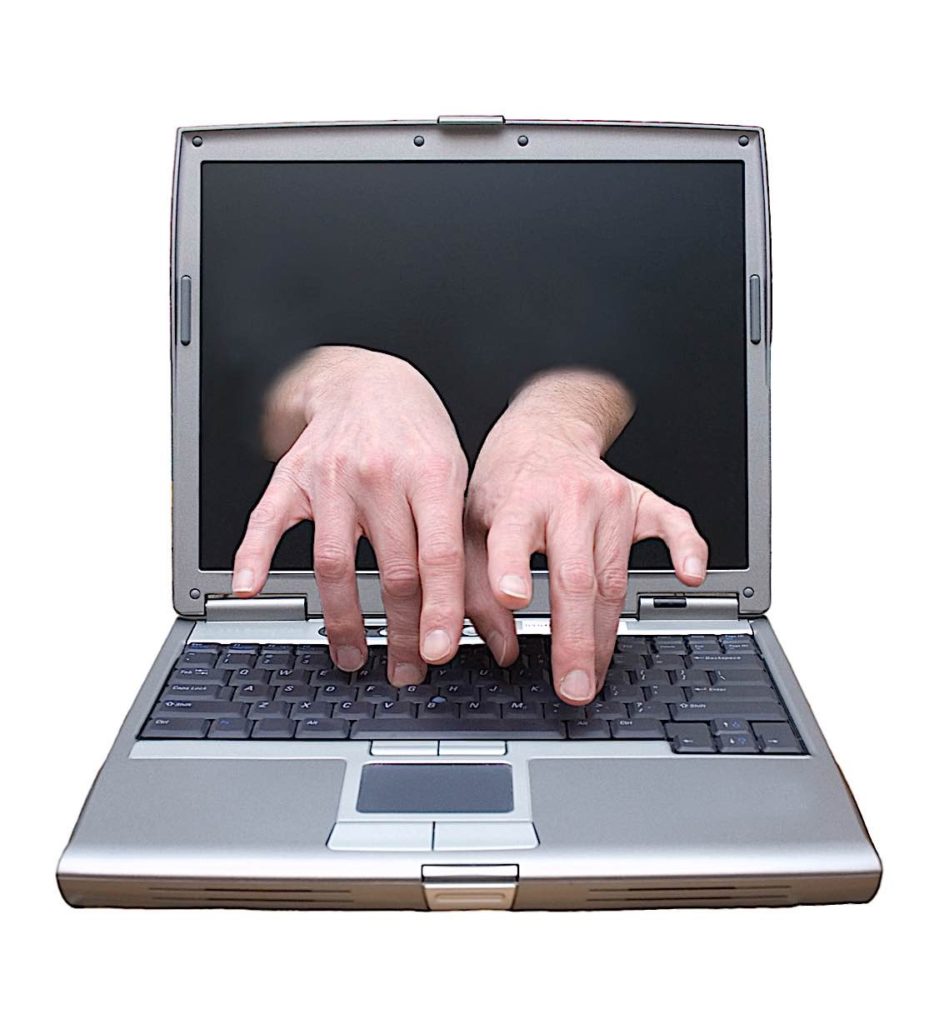
Restrict visitors
Safety vs. Privacy
“As COVID-19 is engaging public safety issues, we recommend requiring employees to disclose if they have been diagnosed with COVID-19. This will allow you to notify other potentially affected individuals and ask them to refrain from reporting to work to prevent further transmission.” [1]
Coach on Social Distancing
Memos and posters will help clarify what is meant by social distancing. There are many useful posters available from Canadian government sites (two of which are presented here. Feel free to download and print for your office.) Post these or others. Avoid in-person training for obvious reahe r

, but make sure everyone’s aware.
Follow the example of world leaders, who have adopted “Namaste” (folded hands as a greeting) versus hand-shakes — or use the government’s recommended “wave” or “elbow tap.”
Travel Rules
- ALL returning travelers from anywhere outside of Canada (including the United States of America) are being asked to self-isolate for 14 days upon their return to Canada.
- Ottawa Public Health has prepared a general sick note for individuals needing to self-isolate at home. We ask that you please respect this public health guidance, as we continue working to contain spread of the virus locally.
- Employers/healthcare institutions may implement requirements for their staff beyond what is being recommended for returning travelers.” [4]
- Preparing for COVID-19
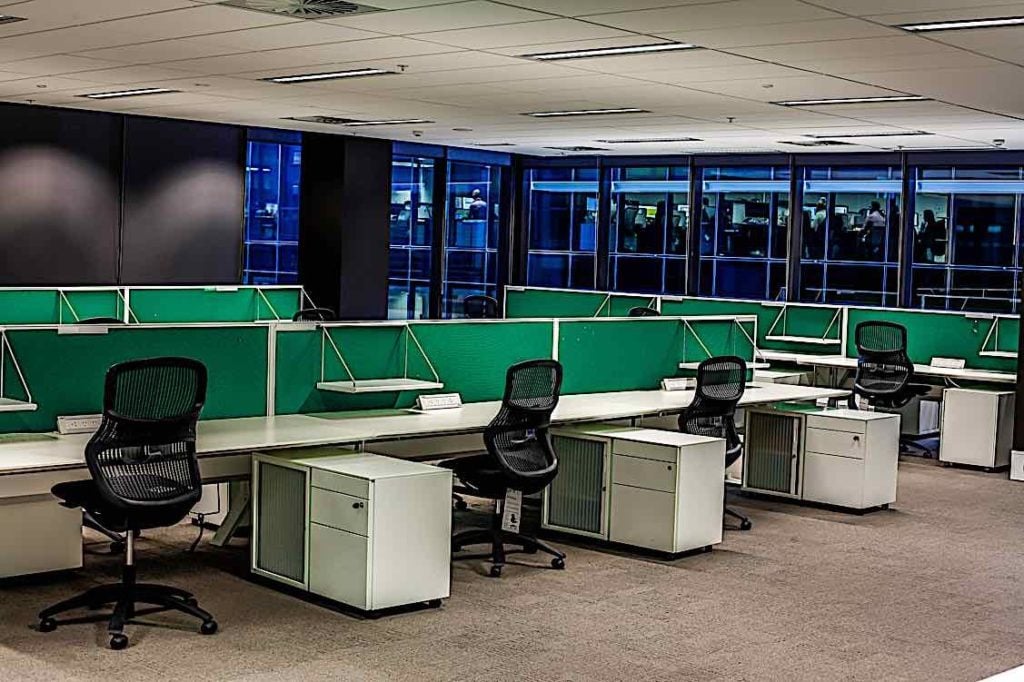
Ottawa Public Health: preparing comprehensively for Covid-19
- Identify possible work-related exposure and health risks to your employees and how to reduce these risks
- Prepare for possible increased numbers of employee absences due to illness in employees and their family members and/or dismissals of early childhood programs and schools
- Explore the flexibility of policies and practices, such as teleworking arrangements, flexible hours, staggering start times, use of email and teleconferencing.
- Establish a process for ongoing communication with employees and business partners
- Develop a contingency and business continuity plan

Other Recommendations
- Posting signage to alert workers of any signs and symptoms of acute respiratory illness,
- Display posters promoting hand-washing and respiratory hygiene,
- Ensure tissues and alcohol-based hand rubs are available.
- Wash their hands often with soap and water, or use hand sanitizer
- Avoid touching their eyes, nose, and mouth unless they have just washed their hands
- Cover their cough and sneeze with a tissue or into their arm, not their hand
- If possible, stay home if they are sick
- Avoid visiting people in hospitals or long-term care centres if they are sick
- It is still recommended that they get a flu shot if they haven’t already as the flu virus is still circulating in the community
- Keep workplaces clean and hygienic – increase frequency of cleaning high-touch surfaces such as elevator buttons, key boards, mouse, phones, desks, computers, seating areas, lunch tables, kitchens, washrooms, etc.
- There may be benefit to increasing the spatial separation between desks and workstations as well as individuals (e.g., employees, customers) from each other, ideally a 2 metre separation should be maintained, unless there is a physical barrier (e.g., cubicle, Plexiglas window).
- Increased awareness about and communication to staff about COVID-19.
- Advise employees and contractors to consult national travel advice before going on business trips
- Take precautions for social events

From the Centres for Disease Control
- Actively encourage sick employees to stay home:
- Employees who have symptoms of acute respiratory illness are recommended to stay home and not come to work until they are free of fever (100.4° F [37.8° C] or greater using an oral thermometer), signs of a fever, and any other symptoms for at least 24 hours, without the use of fever-reducing or other symptom-altering medicines (e.g. cough suppressants). Employees should notify their supervisor and stay home if they are sick.
- Ensure that your sick leave policies are flexible and consistent with public health guidance and that employees are aware of these policies.
- Talk with companies that provide your business with contract or temporary employees about the importance of sick employees staying home and encourage them to develop non-punitive leave policies.
- Do not require a healthcare provider’s note for employees who are sick with acute respiratory illness to validate their illness or to return to work, as healthcare provider offices and medical facilities may be extremely busy and not able to provide such documentation in a timely way.
- Employers should maintain flexible policies that permit employees to stay home to care for a sick family member. Employers should be aware that more employees may need to stay at home to care for sick children or other sick family members than is usual.
- Separate sick employees:
- CDC recommends that employees who appear to have acute respiratory illness symptoms (i.e. cough, shortness of breath) upon arrival to work or become sick during the day should be separated from other employees and be sent home immediately. Sick employees should cover their noses and mouths with a tissue when coughing or sneezing (or an elbow or shoulder if no tissue is available).
- Emphasize staying home when sick, respiratory etiquette and hand hygiene by all employees:
- Place posters that encourage staying home when sick, cough and sneeze etiquette, and hand hygiene at the entrance to your workplace and in other workplace areas where they are likely to be seen.
- Provide tissues and no-touch disposal receptacles for use by employees.
- Instruct employees to clean their hands often with an alcohol-based hand sanitizer that contains at least 60-95% alcohol, or wash their hands with soap and water for at least 20 seconds. Soap and water should be used preferentially if hands are visibly dirty.
- Provide soap and water and alcohol-based hand rubs in the workplace. Ensure that adequate supplies are maintained. Place hand rubs in multiple locations or in conference rooms to encourage hand hygiene.
- Visit the coughing and sneezing etiquette and clean hands webpage for more information.
- Perform routine environmental cleaning:
- Routinely clean all frequently touched surfaces in the workplace, such as workstations, countertops, and doorknobs. Use the cleaning agents that are usually used in these areas and follow the directions on the label.
- No additional disinfection beyond routine cleaning is recommended at this time.
- Provide disposable wipes so that commonly used surfaces (for example, doorknobs, keyboards, remote controls, desks) can be wiped down by employees before each use.
- Advise employees before traveling to take certain steps:
- Check the CDC’s Traveler’s Health Notices for the latest guidance and recommendations for each country to which you will travel. Specific travel information for travelers going to and returning from China, and information for aircrew, can be found at on the CDC website.
- Advise employees to check themselves for symptoms of acute respiratory illness before starting travel and notify their supervisor and stay home if they are sick.
- Ensure employees who become sick while traveling or on temporary assignment understand that they should notify their supervisor and should promptly call a healthcare provider for advice if needed.
- If outside the United States, sick employees should follow your company’s policy for obtaining medical care or contact a healthcare provider or overseas medical assistance company to assist them with finding an appropriate healthcare provider in that country. A U.S. consular officer can help locate healthcare services. However, U.S. embassies, consulates, and military facilities do not have the legal authority, capability, and resources to evacuate or give medicines, vaccines, or medical care to private U.S. citizens overseas.
- Additional Measures in Response to Currently Occurring Sporadic Importations of the COVID-19:
- Employees who are well but who have a sick family member at home with COVID-19 should notify their supervisor and refer to CDC guidance for how to conduct a risk assessment of their potential exposure.
- If an employee is confirmed to have COVID-19, employers should inform fellow employees of their possible exposure to COVID-19 in the workplace but maintain confidentiality as required by the Americans with Disabilities Act (ADA). Employees exposed to a co-worker with confirmed COVID-19 should refer to CDC guidance for how to conduct a risk assessment of their potential exposure.
DISCLAIMER
Pivotal Solutions offers this cited assembly of recommendations from Government and health experts. We make no recommendations — and recommendations may change over time. Always check with your health providers, government authority or consultants for latest guidance.
NOTES
[1] COVID-19 Update
[2] CTV News: “Ontario needs to reinstate paid sick days amid COVID-19 pandemic, healthcare workers say”
[3] CTV: Businesses ramp up COVID-19 precautions amid workplace cases


 Our HR solutions experts can recommend the right mix of HR outsourced services to make your entry into Canada easier.
Our HR solutions experts can recommend the right mix of HR outsourced services to make your entry into Canada easier.  Pivotal Employment Management Services co-hires your workforce, simplifying entry of your business in Canada.
Pivotal Employment Management Services co-hires your workforce, simplifying entry of your business in Canada. 















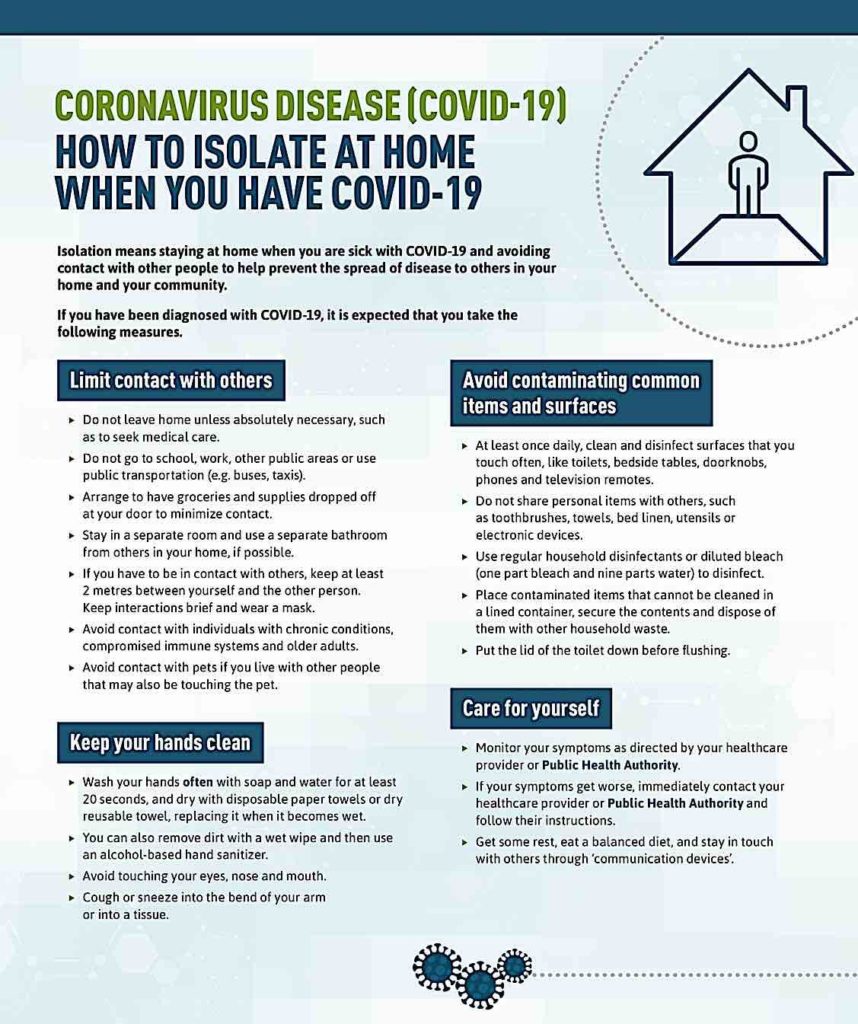

Do’s and Don’ts of Termination: A Refresher